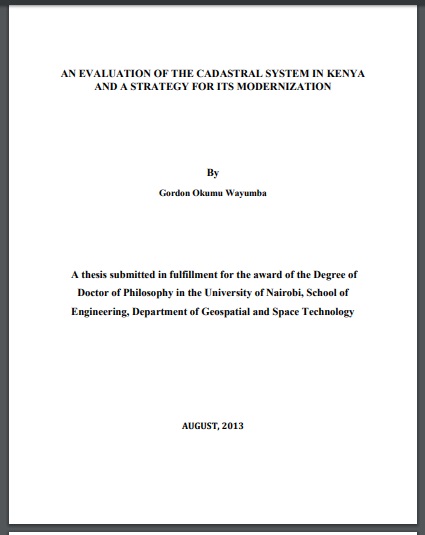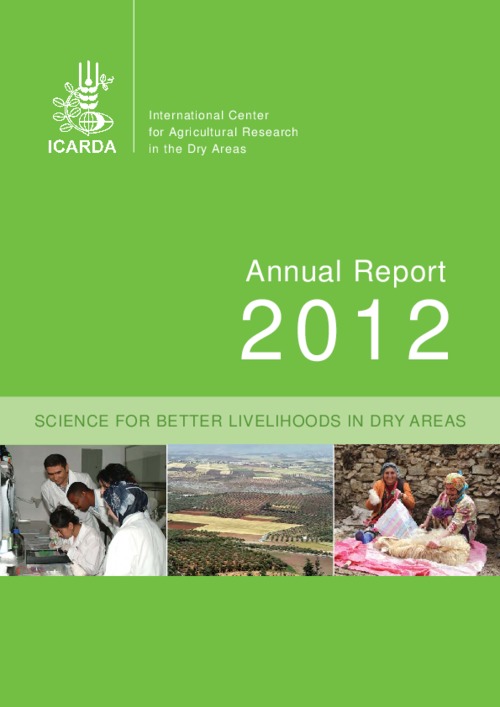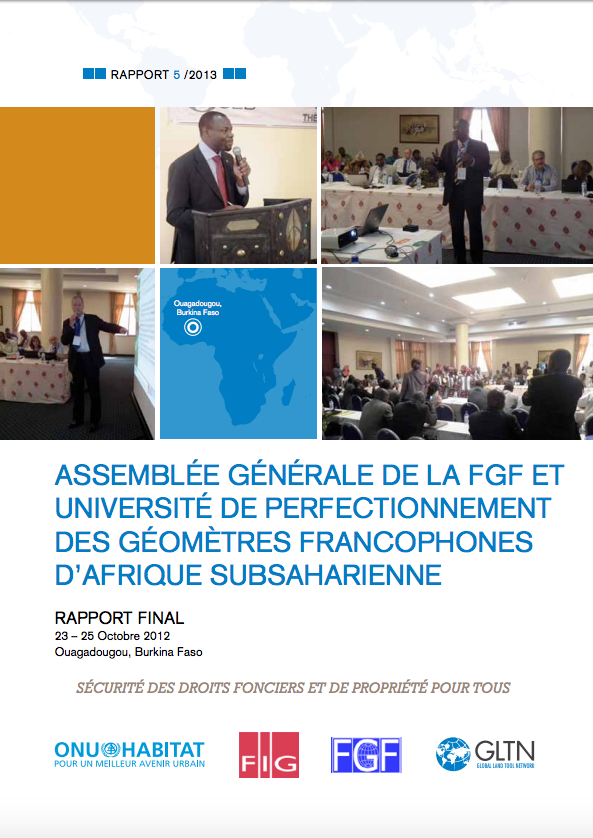Analysis of relationships between abandoned cultivated land and agricultural damage by wild boar using GIS analysis in the former Maebaru City, Fukuoka
A questionnaire survey was conducted using 1,069 farmers about wild boar damage on agricultural land in the former Maebaru City in Fukuoka Prefecture. Abandoned cultivated land in the city was 11,202 ha. The questionnaire contained information about farming, damages attributable to wild boar, and the countermeasures against wild boar. The collection rate of valid questionnaires was 79.6%. The crop damaged the most was rice (53%), followed by vegetables (16%), oranges (13%), potatoes (5%), and others (13%).








